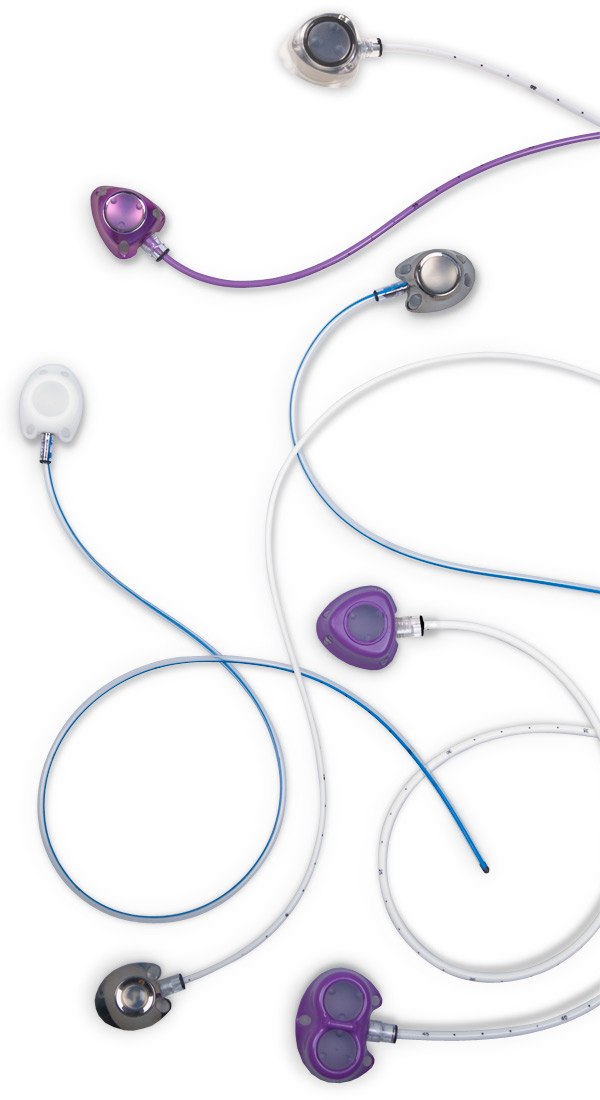- Drivers Movie Port Devices Lucie
- Drivers Movie Port Devices Online
- Drivers Movie Port Devices Gigabit
- Drivers Movie Port Devices List
Move the mouse to a different USB port. If you move the mouse and it works, the USB port is the issue. If the mouse still doesn’t work, the device may be the problem. So, try it on another computer. If the problem persists after you rebooted your computer, then there is a chance that the issue is related to out-of-date drivers or a possible conflict between two connected USB devices. This package contains the driver for FTDI USB Serial Port. FTDI USB Serial Port driver is the software that helps your operating system to communicate with USB Serial Port devices. Right-click Start, and then click Control Panel. Click View devices and printers. Windows 8.1, Windows Server 2012/2012 R2. On the Charm Bar, click Set Control Panel. Click View devices and printers. Select a printer, and then click Print server properties. Click Add. on the Drivers tab.
 -->
-->This article helps to fix an issue in which Windows 10 doesn't install specific drivers for USB audio devices on the first connection.
Original product version: Windows 10, version 1703
Original KB number: 4021854
Symptom
When you connect a USB audio device to a Windows 10 Version 1703-based computer the first time, the operating system detects the device but loads the standard USB audio 2.0 driver (usbaudio2.sys) instead of the specific device driver.
Cause
This issue occurs because the USB audio 2.0 driver (usbaudio2.sys) isn't classified as a generic driver in Windows 10 Version 1703. Therefore, the system assumes that a compatible, nongeneric driver is installed for the device even though the driver is generic.
Drivers Movie Port Devices Lucie
This issue also causes Windows 10 Version 1703 to postpone the search for other compatible drivers through Windows Update that typically occurs immediately after you install a new device.
Resolution
To fix this issue, use one of the following methods.

Method 1
To resolve this issue, install update 4022716.
Drivers Movie Port Devices Online
Method 2
If the device-specific driver is distributed through Windows Update, you can manually update the driver by using Device Manager. For more information about how to do this, see update drivers in Windows 10.
Method 3
If the device is not yet connected, first install the device-specific driver, such as by using the appropriate installer. After the device-specific driver is installed, Windows 10 will select that driver instead of the standard USB audio 2.0 driver when you first connect the device.
Note
See the device manufacturer's user guide for specific instructions about how to install the driver.
Method 4
If the driver isn't distributed through Windows Update, you can manually reinstall the driver. To do this, follow these steps:

Drivers Movie Port Devices Gigabit

- Install the device-specific driver (see Method 2).
- Open Device Manager.
- Right-click (or tap and hold) the name of the device, and then select Uninstall.
- Restart the computer.

Drivers Movie Port Devices List
When it restarts, Windows will try to reinstall the device by using the device-specific driver.